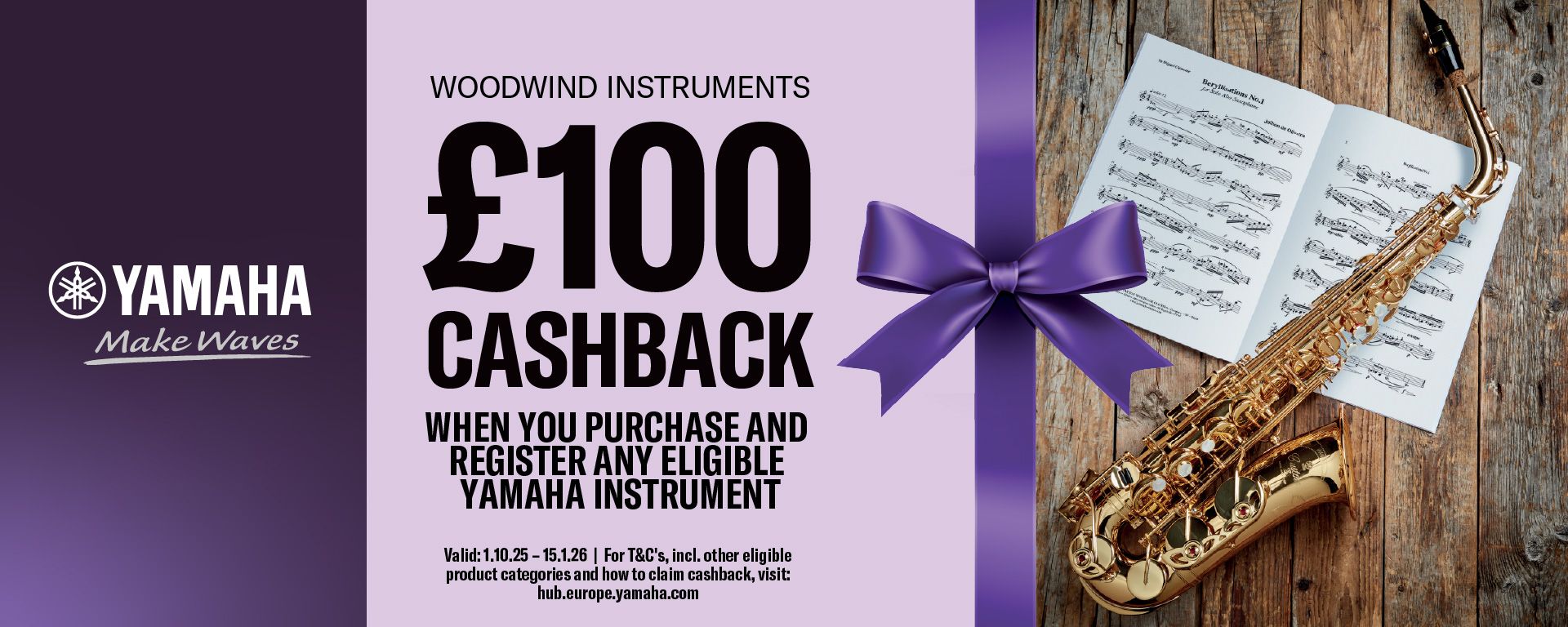From the Publisher
Robert Schumann was born in Zwickau (Saxony) on June 8th, 1810. He died July 29th, 1856, at Endenich-Bonn.
Like Mozart and Schubert, he commenced to compose at an early age, before he was 7, and at 8 he played the piano in public at a concert in his native town. He was sent to Leipzig to study law, and there met Clara Wieck. They fell in love with one another, and there developed one of the loveliest romances the world has known. She inspired his music, and after much strife and struggle they were married in 1840. He was generous in his praise, and unceasing in his search for talent and genius, even editing a music journal for that purpose. His own music is full of tender feeling, and he is the greatest of the romantic composers. Full of imaginationand warmth, he discovered new pedal effects, and very individual syncopations. His harmonic scheme was rich and sonorous, and, for the times, he was very modern. In character he was dreaming and silent, reflecting the mood of the real poet and sensitive artist. Contemporary with him were Chopin, Mendelssoh, Liszt, Heller, and Brahms.
His music, like the composer himself, is full of extreme moods.
Some of Schumann's most exquisite miniatures are contained in this album of his original pieces for the piano:
- A Little Cradle-song. Schumann's favourite device (melodically accompanied triplets) is the feature here. How exquisitely the melody rises and falls, like a cradle rocking.
- Album-leaf. A beautiful "trifle", yet containing much in little. Schumann was fond of "inner melodies". Line 3, bars 5/6, is a tiny example.
- Solitary Flowers. This is like a little conversation between two flowers (if they could speak!). In imagination you can almost conjure up the scent of the blooms themselves.
- Waltz. A vigorous piece of writing. Characteristic syncopations appear in line 3. Note also the extended cadence (last 3 bars).
- A Country-dance. A very Schumannesque passage occurs in line 2, and is sequential development. He was very fond also of grace-notes (line 4).
- Fantastic Dance. A piece full of imagination. What stories could be made out of this. Make up one for yourself!
- Grief's Forebodings. A brooding work, which probably displays the mind of the composer at this latter period of his life.
- Album-leaf. Surely one of the loveliest page-long pieces ever written. The essence of all Schumann is contained herein, and it is full of romantic beauty.
- Gipsy Dance. A wild and furious merrymaking, whirling and twirling of bodies and feet.
- To a Flower. A more exotic bloom than number 4 in the album. It shows traces of Mendelssohn, of whom Schumann was very fond.
- Fughetta. An essay in contrapuntal style whch says much in little.
- Canon. Delightful and sparkling. One is not aware that this is such an academic device as a canon. Schumann could never be unmusical.
Contents
- A Little Cradle-song, Op. 124 No. 6
- Album-leaf, Op. 99 No. 4
- Solitary Flowers, Op. 82 No. 3
- Waltz, Op. 124 No. 4
- A Country-dance, Op. 124 No. 7
- Fantastic Dance, Op. 124 No. 5
- Grief's Forebodings, Op. 124 No. 2
- Album-leaf, Op. 99 No. 8
- Gipsy Dance, from Op. 118
- To a Flower, from Op. 19
- Fughetts, Op. 126 No. 1
- Canon, from Op.118
Item Details
Our Stock Code: 1311747Instrumentation
- Part 1: Piano
Category: Piano Repertoire
Publisher: Hinrichsen Edition
Publisher's reference: H7
Media Type: Paperback (20 pages [score])
Country of Origin: UK Mainland
HS Code: 49040000

